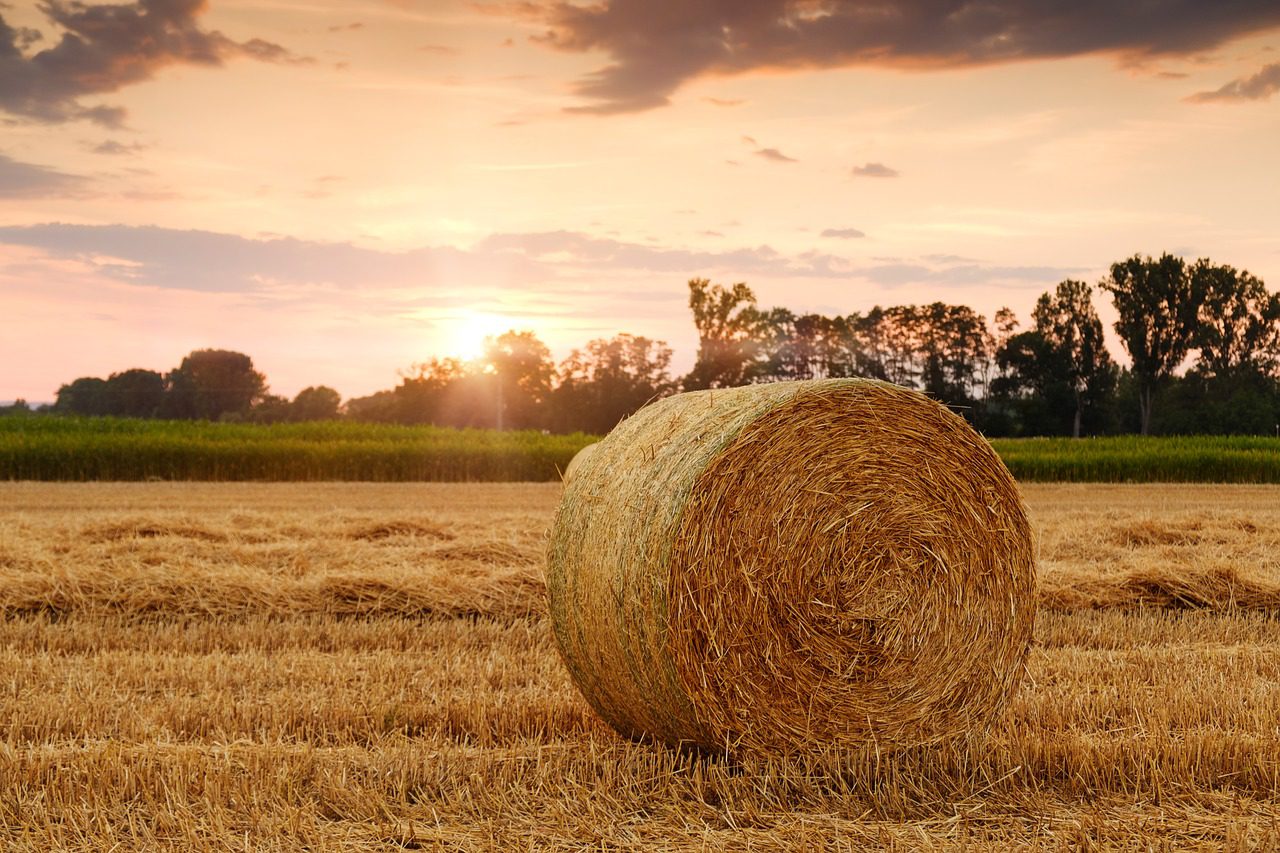See the practices that cattle ranchers can use to protect the value of stored hay and safeguard your herd’s forage stores.
Hay is a commonly used cattle forage, especially considering that it is a less costly source of nutrition for your herd. However, both hay producers and those who use hay as forage can lose out on the value of their stored hay due to poor storage conditions. See the recommendations by a South Florida Beef-Forage Program article for protecting the value of your stored hay.
Tips for Stored Hay
According to the article, practices concerning location of bale density, wrap type, storage site, and barn storage can all contribute to retaining both the quantity and quality of stored hay. The article maintains:
Bale Density: “By increasing the bale density and uniformity reduces the chance of spoilage by reducing the moisture penetration. However, it also reduces the rate at which moisture and heat can escape the bale. Strive for a bale density of at least 10 lbs/cu ft.”
Bale Wrap: “Bale wrapping can also lend to improved storage performance. Net wrap has shown better results than twine in preventing loss. Net wrap takes less product (only 2-3 revolutions) and it stabilizes the bale better making handling and storage easier.”
Storage Site: “The storage site can play a huge role in long-term quality. Well-drained areas are the best to reduce moisture transfer into the bale. Choose sandy soils, a rock pad, concrete floor or something that can let air move, like pallets (be aware of old nails), railroad ties, or telephone poles. Stack bales flat end together in rows, to reduce exposure on each end. Rows should run north to south, to increase sun exposure for drying, and if possible on a slight slope to encourage drainage. Rows should be 3 feet apart to increase air flow and reduce moisture build up.”
Barn Storage: “Barn storage reduces weathering affects. A barn can reduce hay losses by up to 25% compared to exposed hay.”
Fire Risk: “To reduce the risk of your hay combusting, bale your hay at the proper moisture levels (10-15%) and place rows of hay a significant distance away (50 feet of more) from buildings and old crops of hay.”
Griffin Fertilizer is committed to helping both growers and ranchers make sound agronomic and economic decisions in order to maximize the health of their grove and pasture. As a full-service custom dry & liquid fertilizer blender and crop protection product distributor, we will continue our mission to further advance Florida agriculture. For questions or concerns about your farm or pasture, contact us and one of our team will be in touch.

